
Real or Fake? How to Identify Authentic Pearls
Picture yourself as a seasoned detective, meticulously inspecting through a magnifying glass, scrutinizing minuscule details to solve a perplexing case. Just like elusive puzzle pieces, authentic pearls, including freshwater pearls jewelry, can pose a challenge in distinguishing them from their synthetic counterparts.
But fear not, for there are reliable methods to unravel this mystery. By understanding pearl luster, examining surface quality, performing the tooth test, assessing weight and temperature, and seeking professional evaluation, you'll be equipped to separate the genuine pearls from the impostors.
So, are you ready to uncover the secrets behind identifying real pearls?
Understanding Pearl Luster

The luster of a pearl can vary depending on factors such as the thickness and evenness of the nacre layers. As you assess the luster, look for sharp and distinct reflections. Authentic pearls will have a luminous quality that seems to emanate from within the pearl itself. In contrast, fake pearls may appear dull, with a surface that looks too perfect or plastic-like.
When examining pearl luster, hold the pearl under a light source and observe how the light interacts with the surface. Authentic pearls will reflect light in a warm, inviting manner, drawing you in with their natural beauty. By understanding and recognizing the luster of pearls, you can confidently distinguish between genuine and imitation pearls.
Examining Surface Quality
When examining the authenticity of pearls, a crucial aspect to focus on is the surface quality, which can reveal important clues about their origin and value. Authentic pearls often have a smooth and lustrous surface, free from blemishes or inconsistencies.
Run your fingers gently over the surface of the pearl. An authentic pearl should feel cool to the touch and have a consistent texture. Look closely at the surface under good lighting. Authentic pearls will have a uniform color and luster, with a deep inner glow known as orient.
Check for any spots, bumps, or discolorations, as these could indicate that the pearl isn't genuine. Additionally, inspect the surface for any signs of peeling or flaking, which are common in fake pearls.
Performing the Tooth Test
Before determining the authenticity of pearls, you can perform the Tooth Test to further validate their genuineness. This simple test involves gently rubbing the pearl against the biting edge of your front teeth. An authentic pearl will feel slightly gritty or sandy due to the layers of nacre that have formed over time. If the pearl feels smooth, it's likely an imitation.

When conducting the Tooth Test, be cautious not to press too hard, as this can damage the pearl. Additionally, it's essential to clean the pearl afterwards to remove any residue left from the test.
Remember that while the Tooth Test can provide some insight into the authenticity of pearls, it isn't foolproof. Some high-quality imitations may still pass this test, so it should be used in conjunction with other authenticity checks.
Assessing Weight and Temperature
Examining the weight and temperature of pearls can offer valuable insights into their authenticity. Genuine pearls tend to feel heavier than fake ones due to their solid nacre composition. When comparing pearls of similar size, authentic pearls will generally weigh more because of the layers of nacre built up over time. To assess this, hold the pearls in your hand and compare their weight. Fake pearls, being lighter, may feel hollow or less substantial.
Additionally, temperature can play a role in determining authenticity. Real pearls are known to adapt to your body temperature quickly. When you touch a pearl, it should feel cool to the touch at first but then warm up slightly as it absorbs your body heat. This quick adjustment is due to the natural properties of the nacre. Fake pearls, on the other hand, may not exhibit this immediate change in temperature, remaining cooler for longer periods.
Seeking Professional Evaluation
To ensure the authenticity of your pearls, consider seeking professional evaluation as a reliable method. A certified gemologist or a reputable jeweler can provide you with an expert opinion on the genuineness of your pearls. These professionals have the necessary knowledge and tools to accurately assess the quality and origin of the pearls, giving you peace of mind regarding your purchase.

When seeking a professional evaluation, look for individuals or establishments with a good reputation in dealing with pearls. Ask about their credentials and experience in the field to ensure that you're getting a reliable assessment. Additionally, consider getting multiple opinions to confirm the authenticity of your pearls if you have any doubts.
Professional evaluation can also help you determine the value of your pearls, especially if they're of high quality or have sentimental value. Whether you're looking to sell your pearls or simply want to verify their authenticity, seeking expert evaluation is a crucial step in ensuring that you're dealing with genuine pearls.
Frequently Asked Questions
Can Pearls Be Authenticated Through DNA Testing?
Yes, pearls can be authenticated through DNA testing. It involves analyzing the organic material within the pearl to determine its authenticity. This method is highly accurate and can provide certainty about the origin of the pearl.
Are There Any Specific Markings or Engravings on Authentic Pearls That Indicate Their Authenticity?
Look for specific markings like hallmarks or engravings on authentic pearls. These can indicate their authenticity. Check for reputable certifications or markings from trusted experts in the field to ensure you have a genuine pearl.
Can the Color of a Pearl Affect Its Authenticity?
Yes, the color of a pearl can impact its authenticity. Natural pearls come in various shades, influenced by the type of mollusk and environment. Unnaturally vibrant hues may indicate treatments or be a sign of a fake pearl.
Is There a Difference in Authenticity Between Freshwater and Saltwater Pearls?
Yes, there is a difference in authenticity between freshwater and saltwater pearls. Freshwater pearls are usually more affordable and abundant, while saltwater pearls like Akoya or South Sea are rarer and often more valuable due to their unique luster.
Are There Any Specific Tests or Certifications That Can Guarantee the Authenticity of a Pearl?
To ensure authenticity, seek reputable gemological certifications like GIA or AGS. Conduct tests like the tooth test (grit feel on pearls) or observe drill hole shape (perfectly round for fake). Stay cautious when purchasing pearls.
Conclusion
Now that you know how to identify authentic pearls, you can confidently shop for the real deal.
Remember to look for a lustrous surface, smooth texture, and perform the tooth test to ensure authenticity.
If in doubt, seek professional evaluation to confirm the authenticity of your pearls.
Happy shopping!




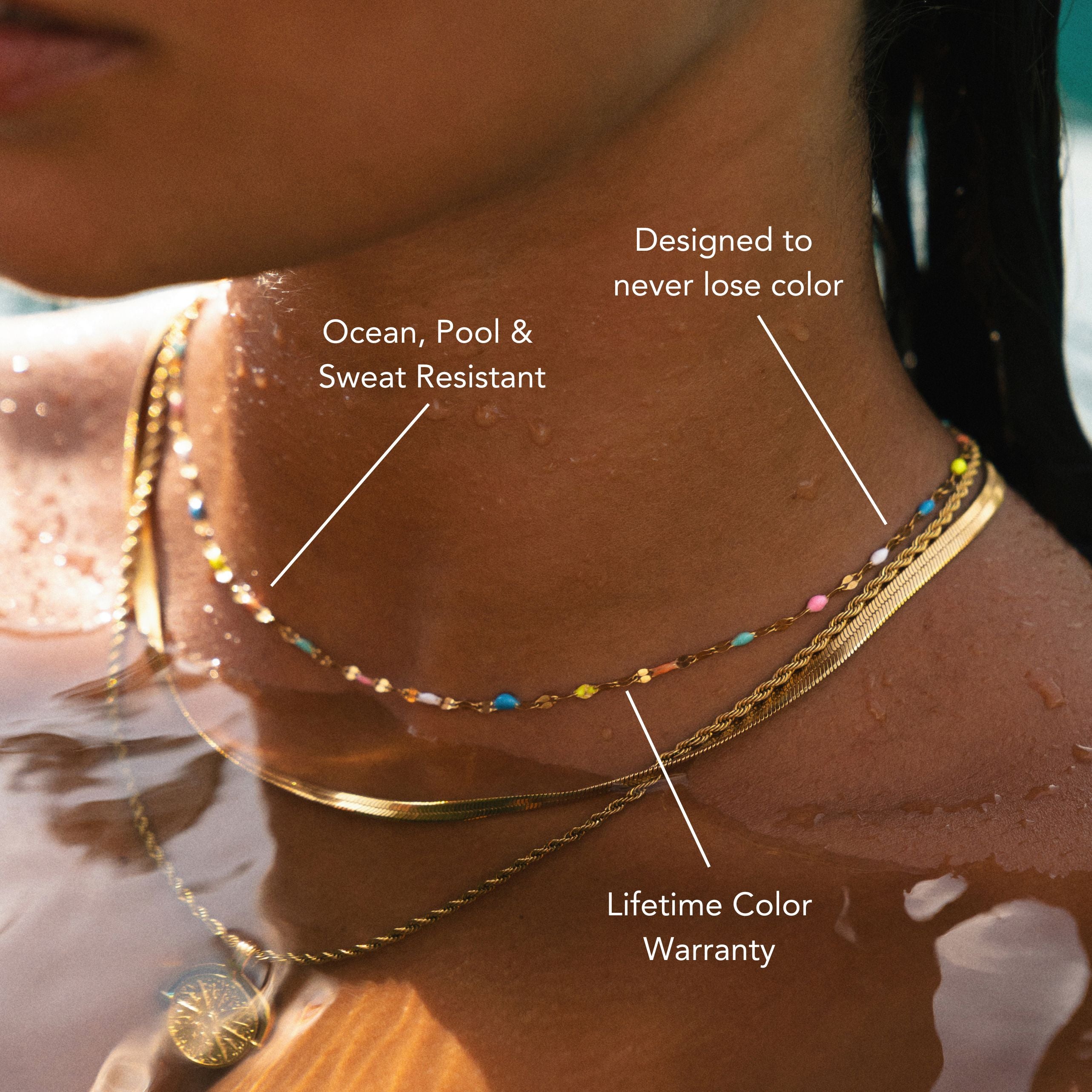
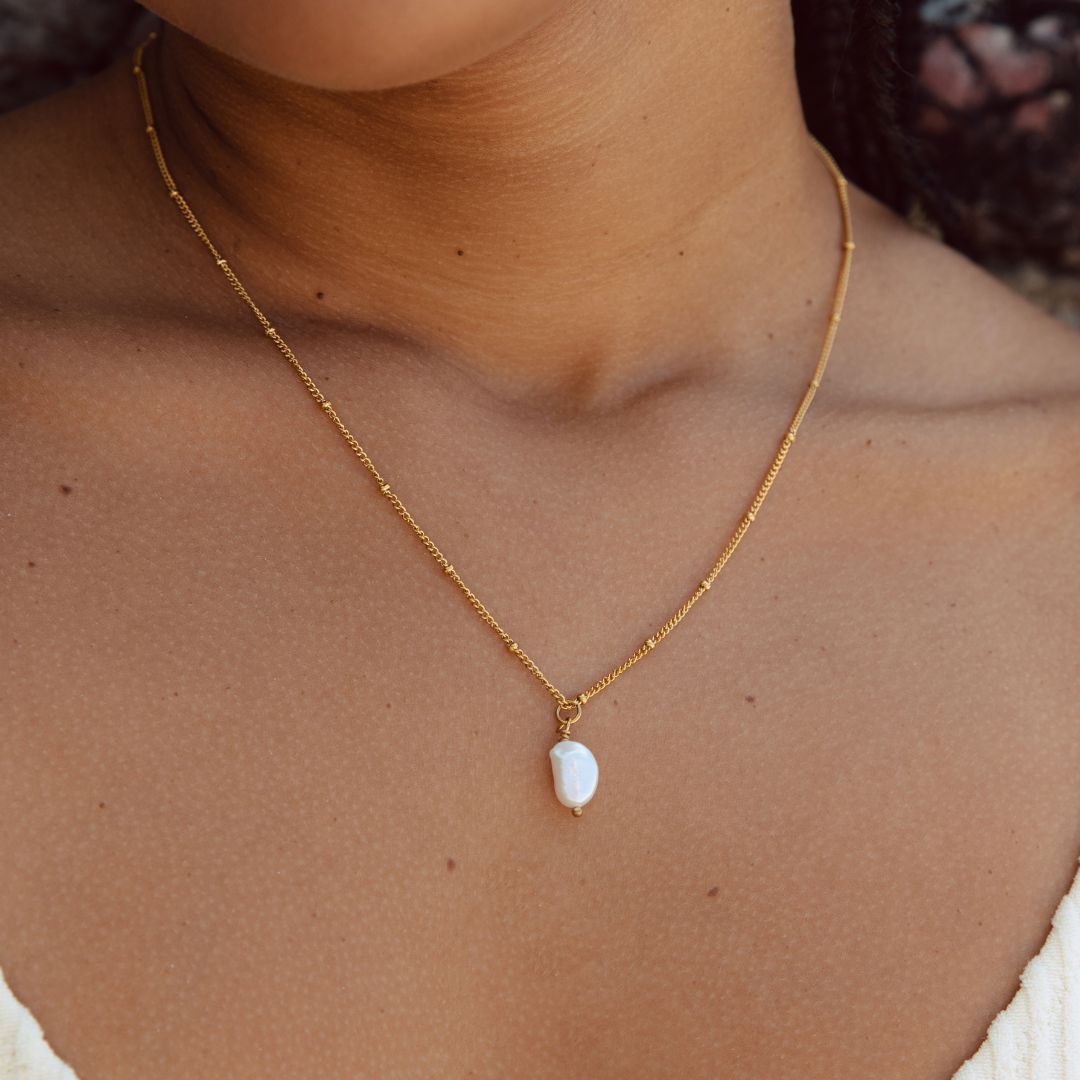

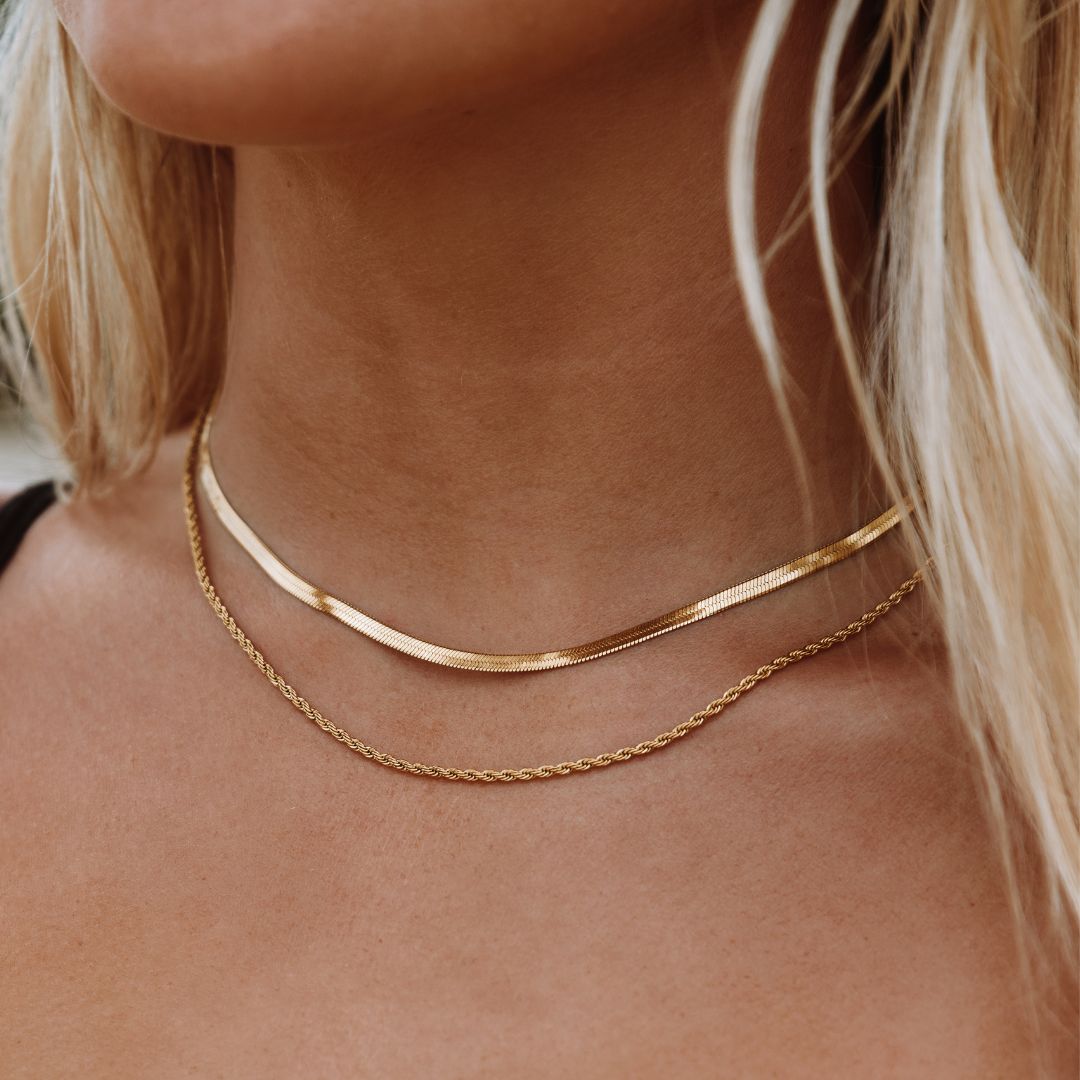





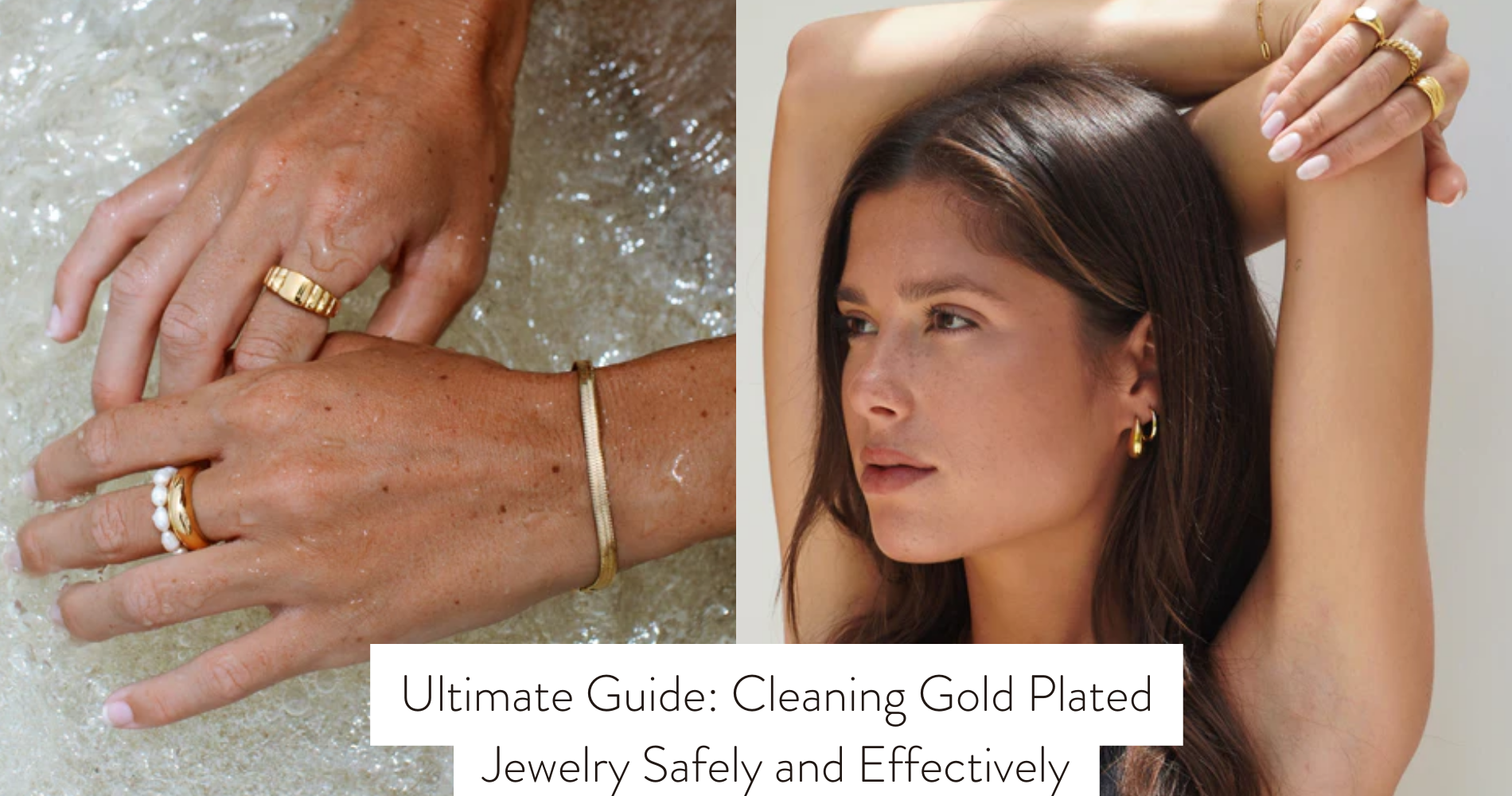
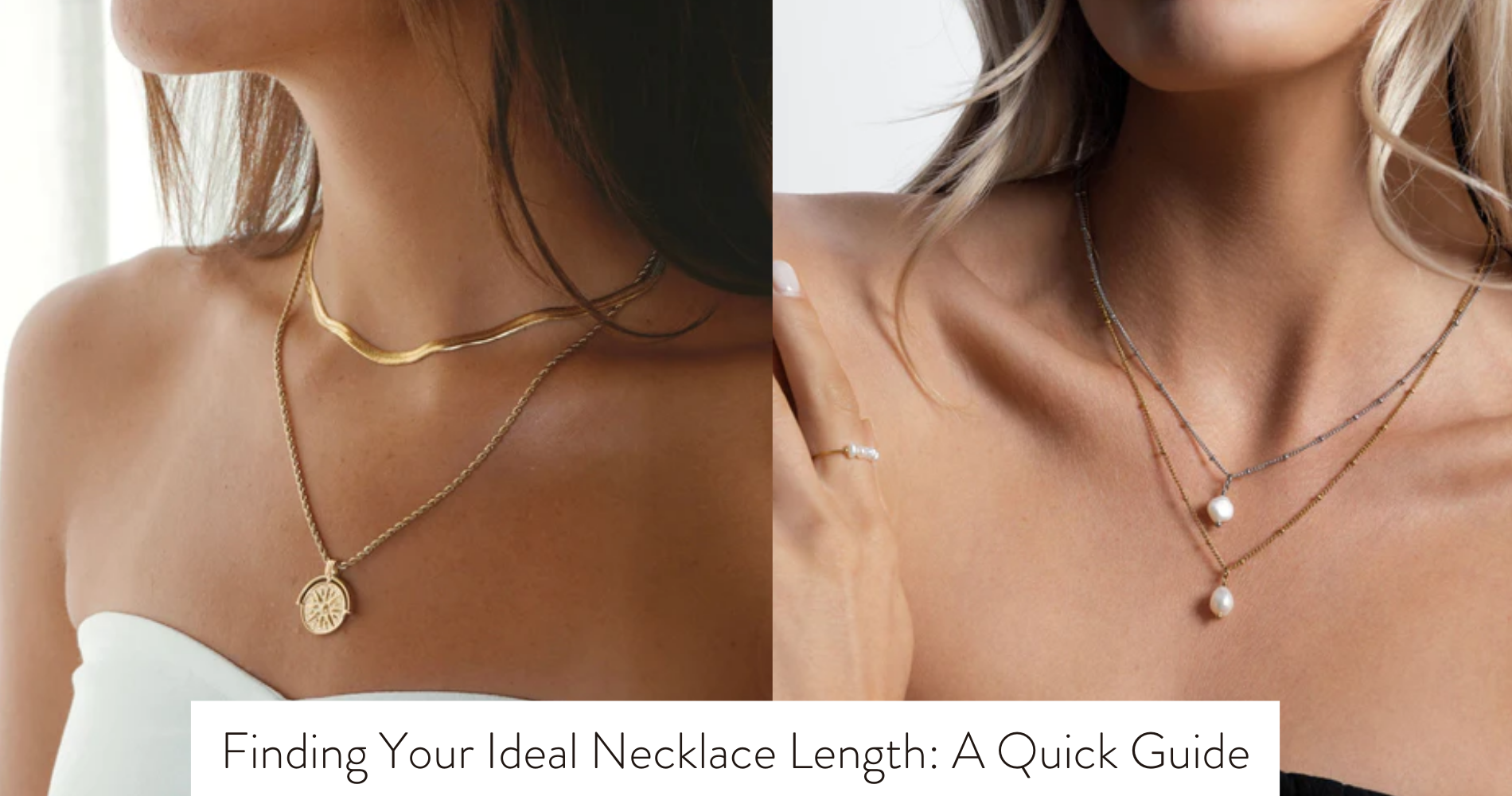




Leave a comment
This site is protected by hCaptcha and the hCaptcha Privacy Policy and Terms of Service apply.